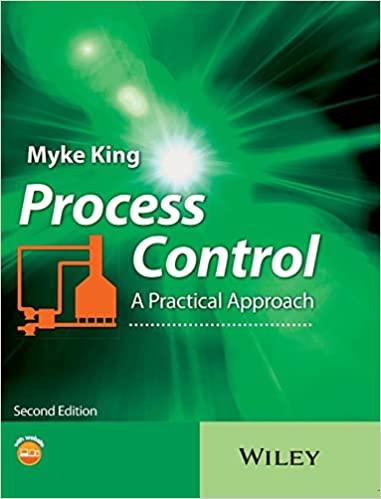Answered step by step
Verified Expert Solution
Question
1 Approved Answer
use steam tables and the information below condensor pressure :150 kpa boiler pressure :4mpa temperature entering turbine : 450C efficiency nturbine:.6 efficiency npump:.4 Consider a
use steam tables and the information below 
Consider a Rankine cycle driven by steam as the working fluid. The cycle features heat rejection to a condenser, given by PCONDENSER,, as assigned in the table below. Heat is received into the cycle at PBOnEE, assigned in the table below. The cycle consists of the following steps (state points): 1. Steam, with a maximum temperature of Ti, enters an adiabatic turbine. 2. Saturated turbine exhaust enters an isobaric condenser at the stated rejection pressure. 3. Incompressible liquid water at saturated conditions leaves the condenser and is pumped isentropically to high pressure. 4. Heat is added to a boiler to generate superheated steam isobarically. Given the above information, please do the following: PART A: CYCLE DESIGN TASKS a) Calculate specific pump work b) Calculate the specific heat added c) Calculate the specific heat rejected d) Calculate the thermal efficiency for this cycle e) Determine specific enthalpies at all four process state points and sketch the cycle on a well-labeled PH diagram. PART B: POWER PLANT OPERATION Assume the above Rankine cycle operates according to the following power plant operating conditions: that - The power plant delivers a net power output 150 million BTU/hr. - A 5050 mole\% ethane-propane mixture is available as fuel to supply heat to the boiler subject to the following combustion reaction at sufficiently high temperature: NOTE: For this problem only, assume that you can use reaction formation data at 298K .1kJ=0.95BTU a) What is the circulation rate of steam in the power plant (lbmhr) ? b) What is the fuel supply rate (molar) condensor pressure :150 kpa
boiler pressure :4mpa
temperature entering turbine : 450C
efficiency nturbine:.6
efficiency npump:.4

Step by Step Solution
There are 3 Steps involved in it
Step: 1

Get Instant Access to Expert-Tailored Solutions
See step-by-step solutions with expert insights and AI powered tools for academic success
Step: 2

Step: 3

Ace Your Homework with AI
Get the answers you need in no time with our AI-driven, step-by-step assistance
Get Started


